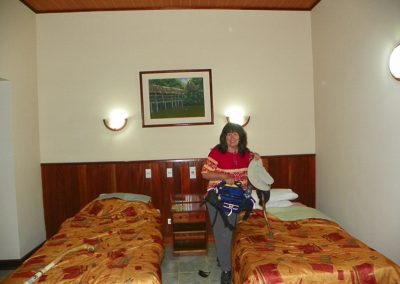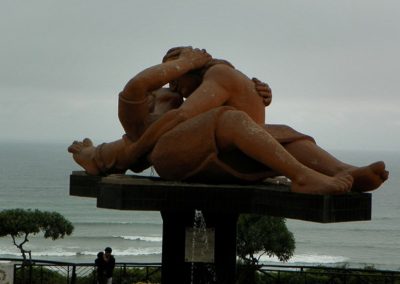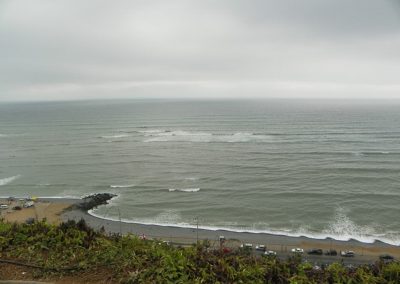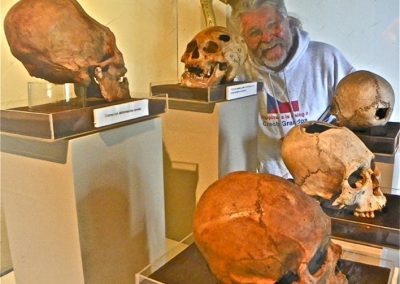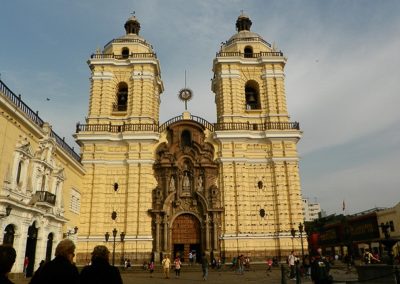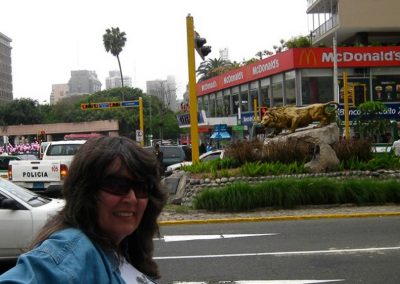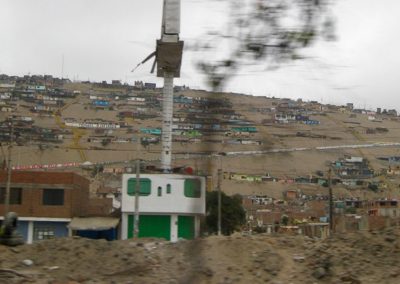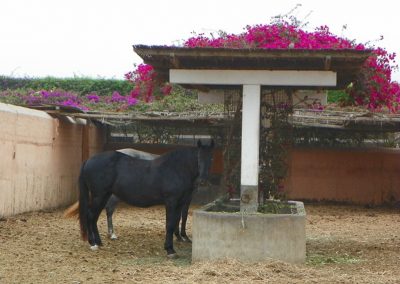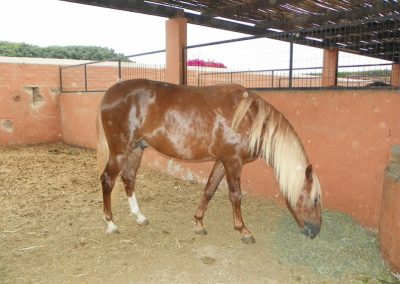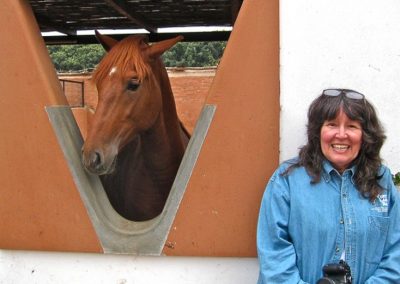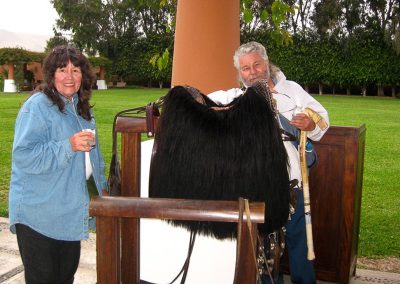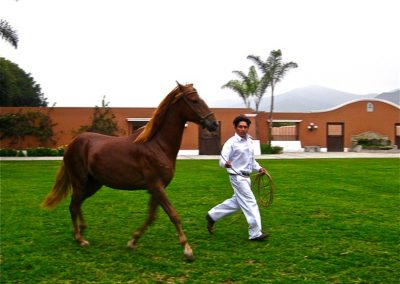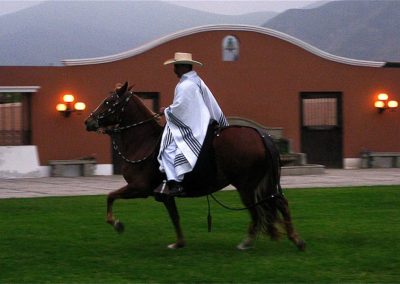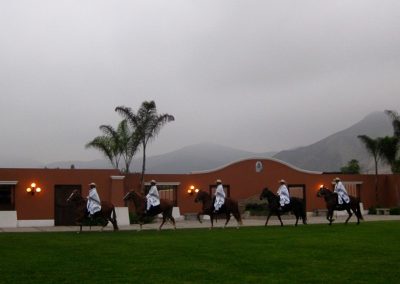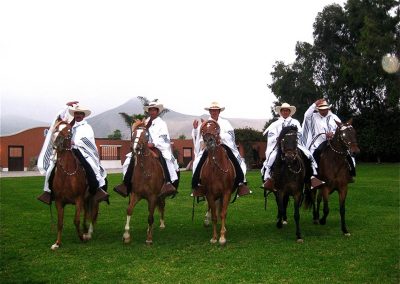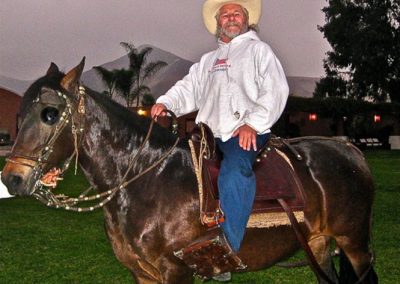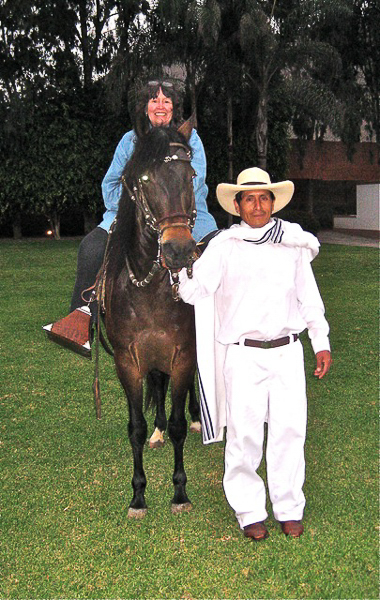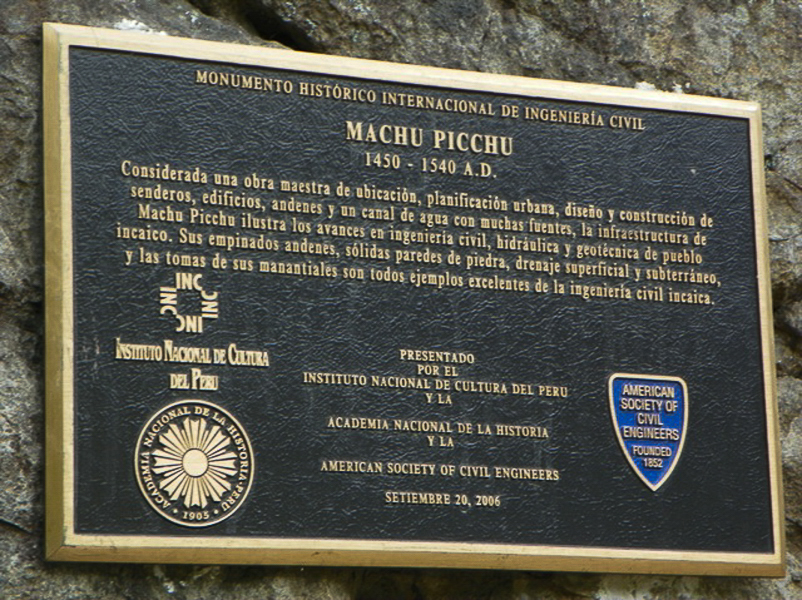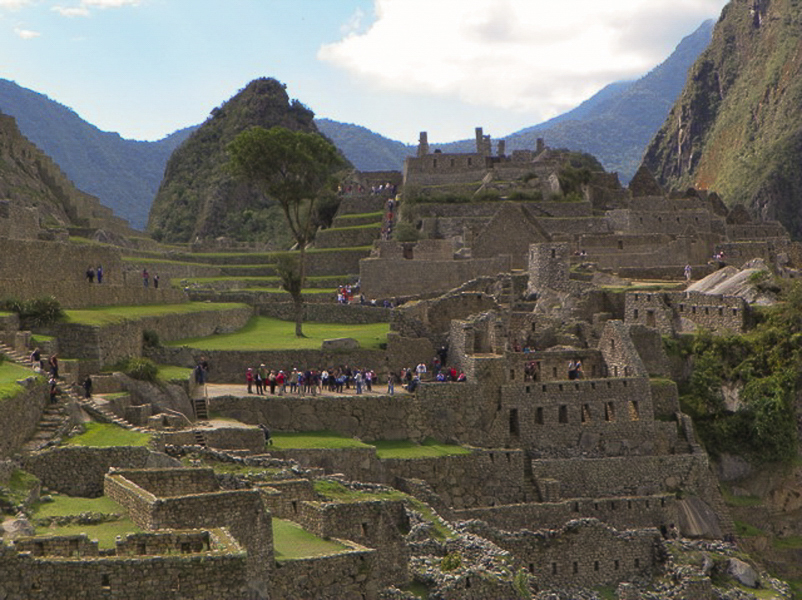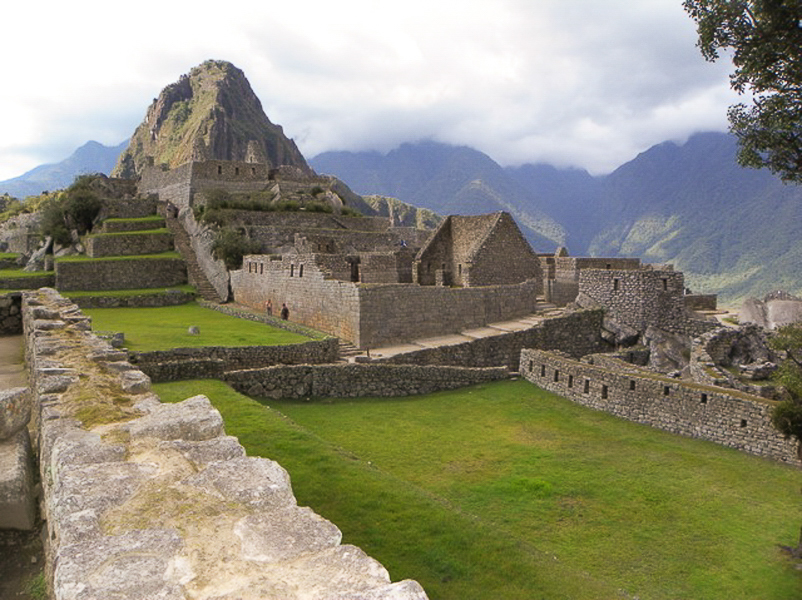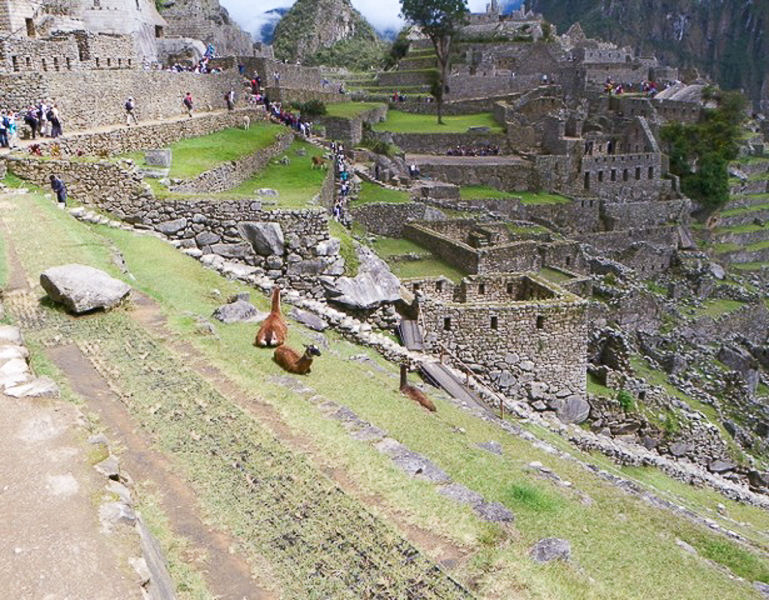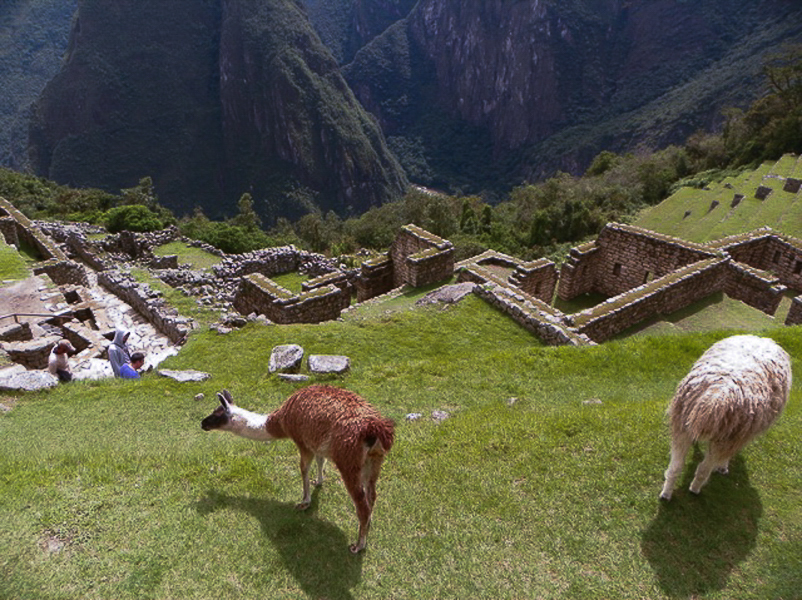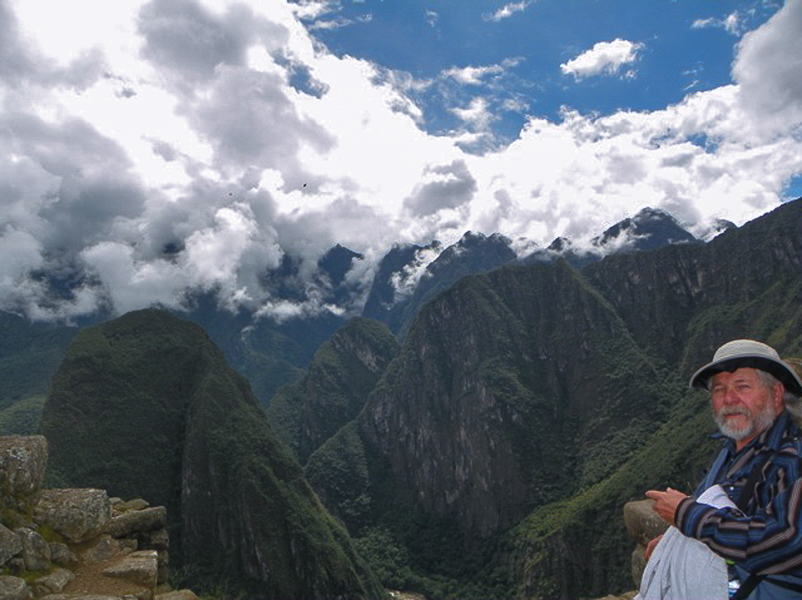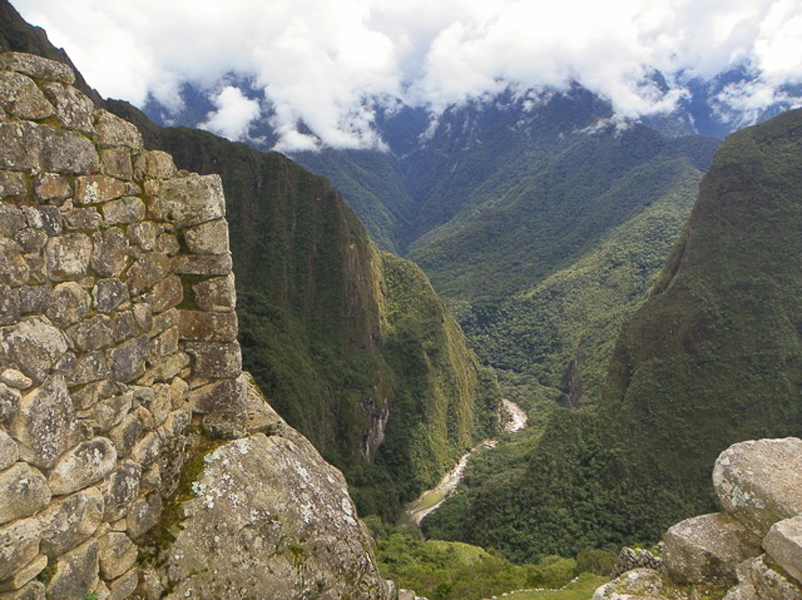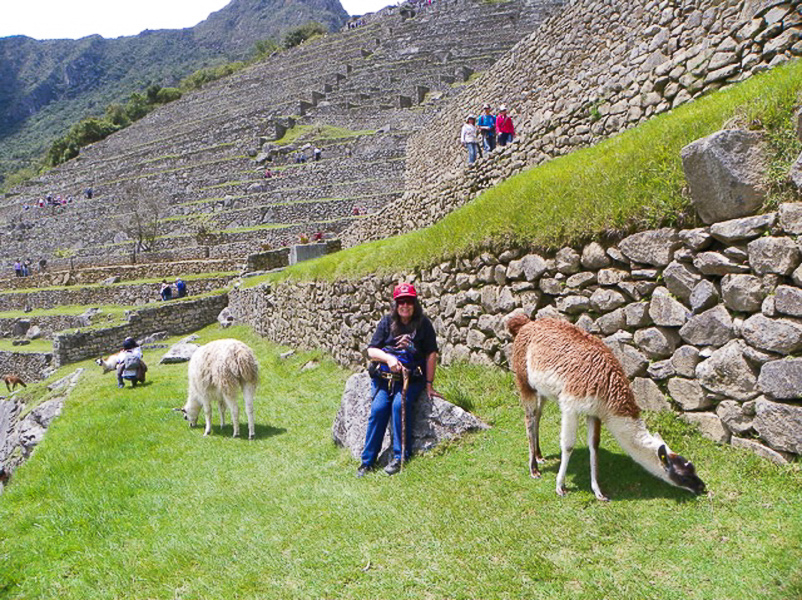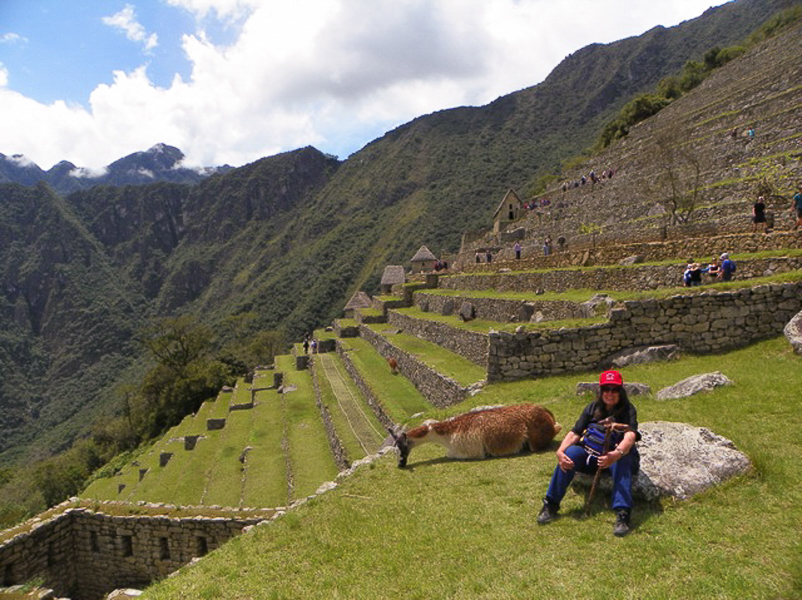
Peru – 2011
Lima
We arrived back in Lima from the Amazon and spent two days here. One spent touring the city and museums and one day at the Peruvian Paso Hacienda. The total yearly rainfall in Lima is 0.5″, however a very heavy mist hangs over the city from the ocean for 8 months, the only months with a blue sky are January-April. Fresh water supplies are a serious concern.
Peru – Lima – 03
Most of the townsite of Lima, population 8,000,000, is up on the bluffs, therefore when earthquakes hit, the threat of tsunamis is somewhat less.
Peru – Lima – 04
One of the anthropology museums had these unusual skulls showing openings for brain surgery even in ancient times and the elongated one from wrapping the head to grow in this manner, considered attractive.
Peru – Lima – 06
Cusco (Cuzco) was the Incan capital, up in the mountains at 11,150′. The Spanish moved their capital to the coast and Conquistador Francisco Pizarro founded Lima in 1535. One third of the Peruvian population lives here.
Ficus Hacienda
On the outskirts of Lima, and through two security gates, after driving through the city for about an hour, we arrived at the Ficus Hacienda to tour the stables, the training area and to watch a performance of these magnificent horses.
The Peruvian Paso is medium sized, usually standing between 14.1 and 15.2 hands tall. Instead of a trot, the Peruvian Paso performs an ambling four beat gait between the walk and the canter. It’s a lateral gait, in that it has four equal beats in a 1-2-3-4 rhythm. This is the preferred gait. The second gait, the sobreandando, is faster. Instead of four equal beats, the lateral beats are closer together in a 1-2, 3-4 rhythm, with a pause between. The gait is natural and does not require extensive training. Purebred Peruvian Paso foals can be seen gaiting alongside their dams within a few hours of their birth. The gait supplies essentially none of the vertical bounce that is characteristic of the trot, and hence posting (moving up and down with each of the horse’s footfalls) is unnecessary.
Peru – Ficus Hacienda – 01
The Hacienda has their own organic garden and served us a fresh salad….one of the very few we had on the trip.
Peru – Ficus Hacienda – 02
I hope you can see that these foals are not only wearing halters but also 6′ long lead ropes too. I asked if that wasn’t a dangerous thing to do, resulting in accidents and injuries. They reassured me that this was part of the training and the foals always had supervision.
Peru – Ficus Hacienda – 03
The Peruvian Paso horse is known for it’s smooth ride developed from smooth-gaited horses such as the Jennet, the Barb and the Andalusian.
Peru – Ficus Hacienda – 05
The coat color can be varied, the mane abundant and luxurious and white markings are allowed.
Peru – Ficus Hacienda – 06
The training is on an every other day schedule, and only on the ground for the first three years. At the age of three they are introduced to a saddle and rider for continued training.
Peru – Ficus Hacienda – 07
This is the traditional saddle. The wool blanket was added to the saddle for the additional comfort of the rider. They served us Pisco Sours as we watched the performance.
Peru – Ficus Hacienda – 08
The gait is natural and does not require extensive training. Purebred Peruvian Paso foals can be seen gaiting alongside their dams within a few hours of their birth.
Peru – Ficus Hacienda – 11
These trainers spoke no English but we did our best to show appreciation and compliments.
Peru – Ficus Hacienda -13
Following our ride we had dinner at the hacienda, arriving back at the hotel in Lima about 10 pm. Dessert included ice cream, not something that was ever on the menu in the Amazon.
Machu Picchu
Machu Picchu (also known as “The lost City of the Incas”) is located 7,970 ft above sea level and is situated on an Andes mountain ridge above the Urubamba Valley in Peru, South America, which is 50 mi northwest of Cusco, Peru. Most archeologists deem that Machu Picchu was constructed as a manor for the Inca emperor Pachacuti (1438–1472). It is the most renowned Inca construction that has been built and known to date.
Constructed in the 1400’s at the explosion of the Inca Empire, this lost city was abandoned less than 100 years from its construction. It was abandoned as a delayed result of the Spanish Conquest. It is likely that most of its population died from smallpox, launched by voyagers before the Spanish conquistadors.
There are no historical records of the Spanish ever knowing of this fascinating Inca city, it was of vital importance to its survival, as most of the Inca constructions in the Cusco area were completely destroyed by the conquistadores and new European constructions were built on top of these destroyed ruins. However, today most of the remote structures have been restored in hopes of giving tourist an enhanced concept of what the buildings looked like from the beginning.
Although Machu Picchu was already known locally, it was anonymous to outsiders until American historian Hiram Bingham brought the mysterious wonder to international attention. Since then it has become one of the most important tourist attractions in Peru and worldwide. 2011 was the 100th anniversary of Hiram Bingham’s discovery of this site.
In 1981, Machu Picchu was declared a Peruvian Historical Sanctuary and in 1983 it was declared by UNESCO as a World Heritage Site. Additionally, on July 7, 2007 it was declared one of the “New Seven Wonders of the World”.
Interestingly, the dwelling of the emperor himself appears to be in the southwest part of the site, away from the other elite residences. A building known today as the “Temple of the Sun” is adjacent to it.
A staircase running beside the royal compound leads to a plaza below, and the emperor was afforded a garden, a private bath and even a private toilet area — the only private one on site.
Although Machu Picchu has a wall, modest gateway and dry moat (likely used for collecting rainwater) it doesn’t appear to have been set up with military purposes in mind, and there is no evidence that a battle of any sort was fought there.
It was abandoned an estimated 100 years after its construction, probably around the time the Spanish began their conquest of the mighty pre-Columbian civilization in the 1530s. There is no evidence that the conquistadors ever attacked or even reached the mountaintop citadel, however; for this reason, some have suggested that the residents’ desertion occurred because of a smallpox epidemic.
The vicuna is a hardy survivor adapted to high altitudes, where drought and freezing nights are the rule. It is a natural pacer and well designed to travel fast for great distances. Keen eyesight allows early detection for flights to safety.
Besides the staple crops, they grew tomatoes, avocados, peppers, strawberries, peanuts, squash, sweet potatoes, beans, pineapple, bananas, peanuts, spices, and coco leaves to make chocolate. They kept honeybees. Occasionally, seasonal hunts were organized to catch meat for the nobility. Commoners ate very little meat, but they did not go hungry.
They left their food out in the cold to freeze. Then they stomped on the frozen food to squeeze out the water. They left their stomped-on food in the sun to dry. It worked. When they wanted to use the dehydrated foods, they simply added water.
(505) 672-9562
Petr Jandacek
Louise Jandacek
Mailing Address
127 La Senda Road
Los Alamos, New Mexico
USA
87544

